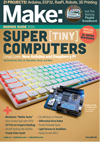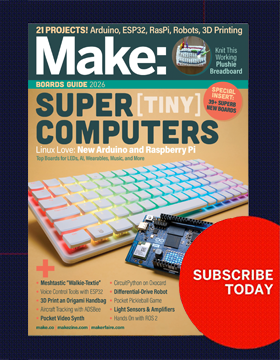I couldn’t bear to trash a 70+ year old dining set that was in bad shape. There were too many nice pieces of wood begging to be used for something.
After sitting and looking at the broken, splitting, separated chair parts for several hours I decided to make flower pot and plant holders; “plant furniture.”


